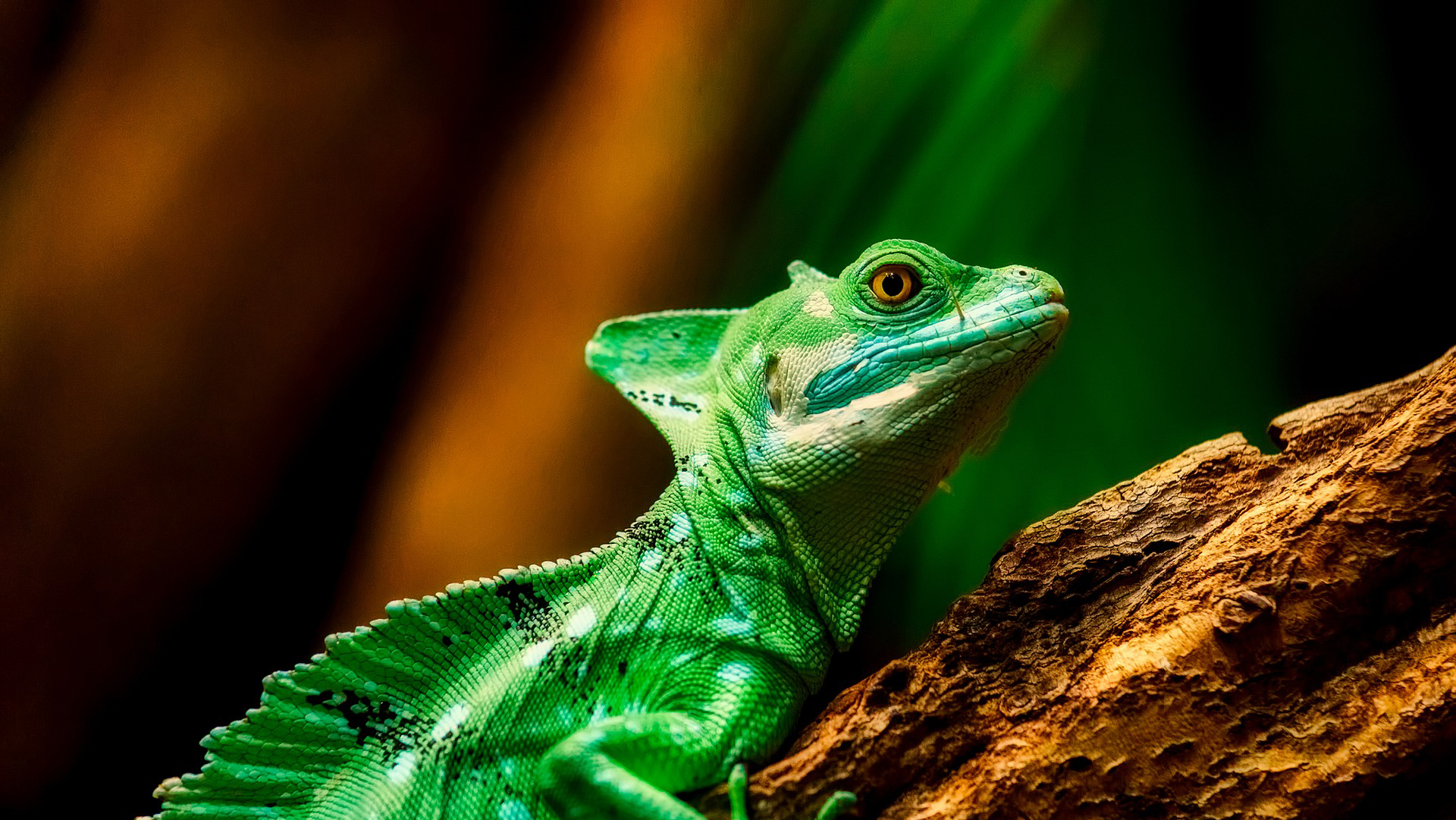What to do for OCSC- Practical Tasks Briefing
The most difficult stage is the Orientation-cum-Selection camp held at H.B.C.S.E. for 10 days. This is because it involves rigorous practical tasks of the IBO level. Indian students get very little if any exposure to such core biology practical tasks, and though there are orientation sessions in the camp itself, getting your hands set at the practicals gives one a huge advantage over those who are handling micropippetes for the 1st time.
Atleast basic practicals from lab manuals of 11th and 12th grade should be done in schools carefully.
Keep practicing sectioning of various plant parts from any and every plant you get in your surroundings and try to become fluent in getting thinnest sections in 1st attempt. If a microscope is available then stain them for appropriate time and observe. First check of thinness is whether they float in water (but it can be false negative at times). For leaves, put it prostrated on a flat surface and using blade chop fast to get sections (pith is generally not given). The accurate staining time, position of fingers etc. is only achieved by practice, and in the exams one hardly has time to take sections so it is required that your hand is already set at it. For symmetrical stems (and especially hard stems) only 1/2 or 1/4 part of it can be sliced because it is sure to show you the complete anatomy. It is advisable to devise your own technique and not follow people because this is an art unique to individual.
Try to surf the internet to get yourself acquainted with the working/ handling of various lab instruments like colorimeter, spectrophotometer, micropippetes, pump for filling glass pippetes, using parafilm, making blood smears etc. Watch plenty of videos.
If you have contacts in some universities or labs, tap them and try to get a hands-on experience in these basic techniques. For eg., I visited the GeneLab in Surat for practicing filling in wells in the gel of gel electrophoresis because people told me that immature hands are prone to piercing the wells and ruining the entire experiment. It was indeed true.
Trying out various biochemistry tests is a useful way to start off. Things like analysis of type of sugar, titration of amino acids etc.
Animal dissections are banned in India so practicing basics like earthworm and cockroach dissections is all one can do.
Using dichotomous keys to identify organisms is an integral part of ecology tasks. Otherwise ecology labs can be more formulae based, or doing basics like air content of soil. Watching videos of animal behaviour etc. helps a little in ethology tasks.
Finally a strong theory is of paramount importance in answering the questions of the practical tasks. Strong plant anatomy and morphology (differentiate between monocot, dicot, ferns, CAM plants, C4 plants, locating salt glands/ cystoliths/ multiple epidermis/ crypted stomata etc., structure of hydathodes and other modifications, knowledge of all diff. tissue appearances) hence trying to make apt cladograms of the given specimens or identifying habitat; principals and why's of molecular biology techniques; ecological efficiencies and indices; anatomy of different classes of animals; ethology concepts etc. are must.
Best sample practicals can be found in the past IBO papers only.
A good reference book which also includes statistical tests like chi-squared and t-test is:

